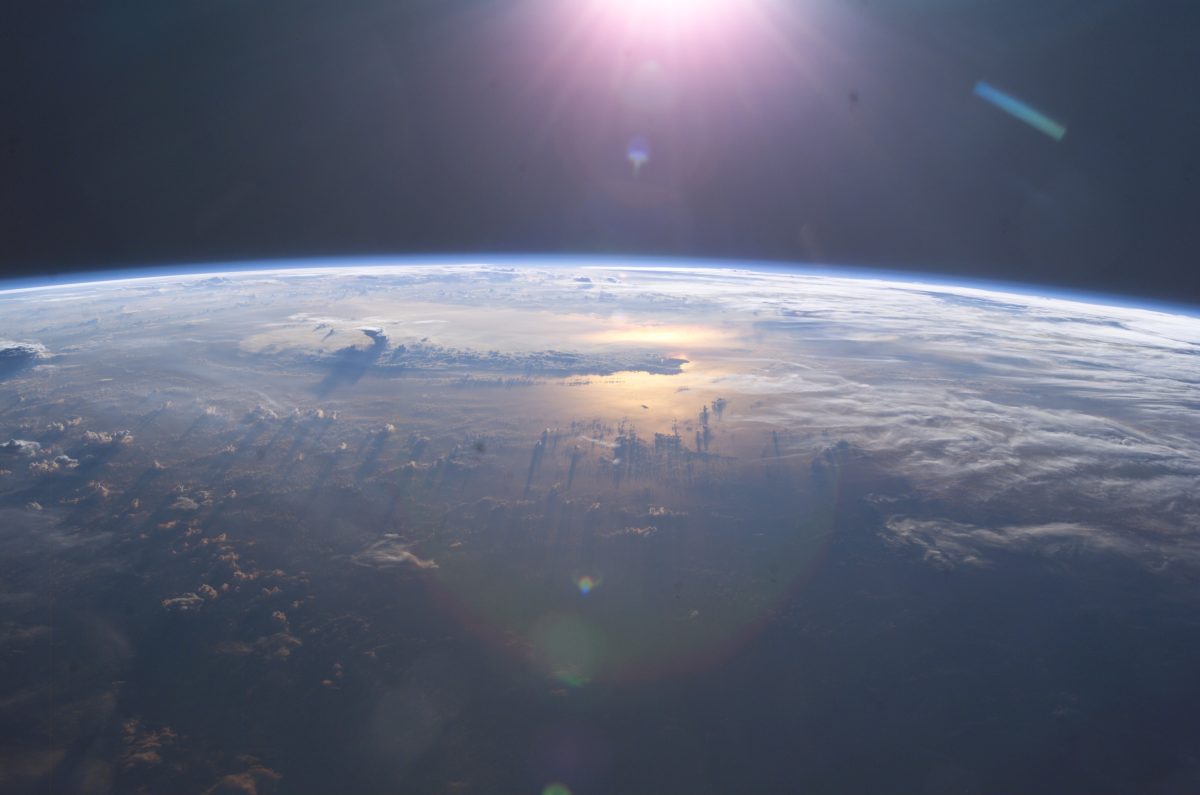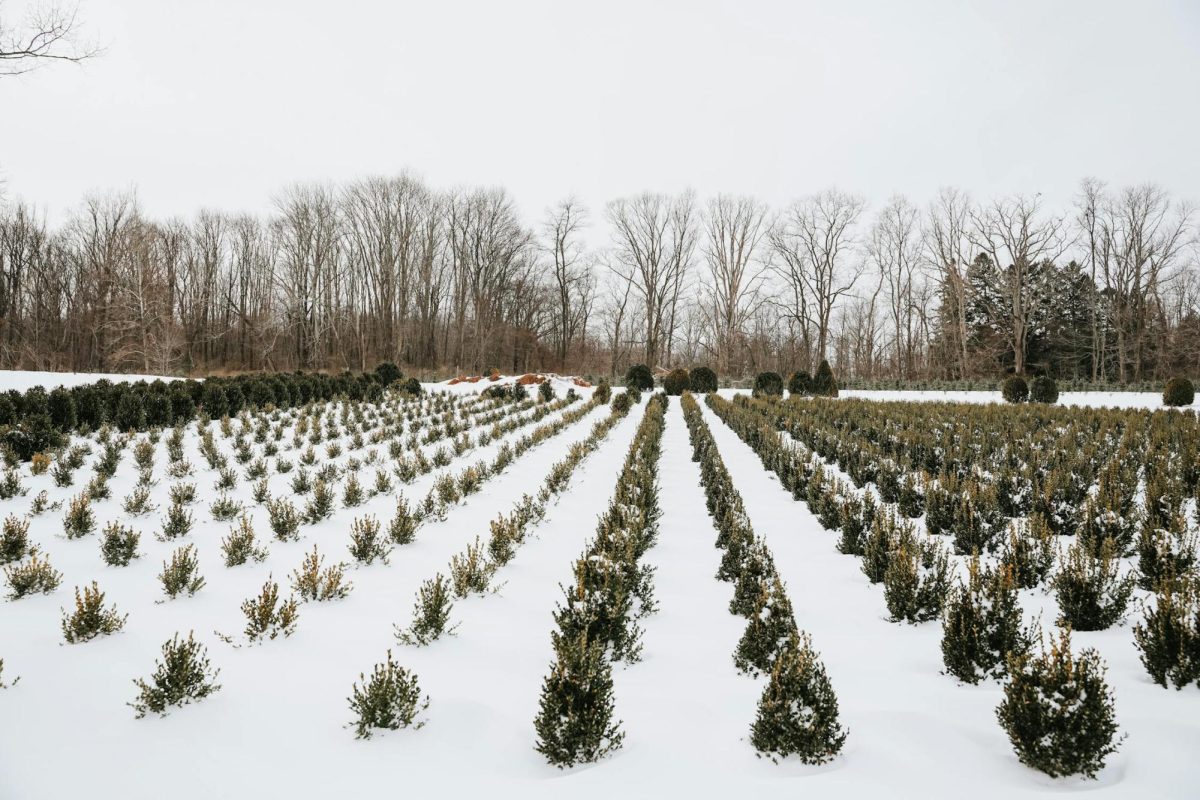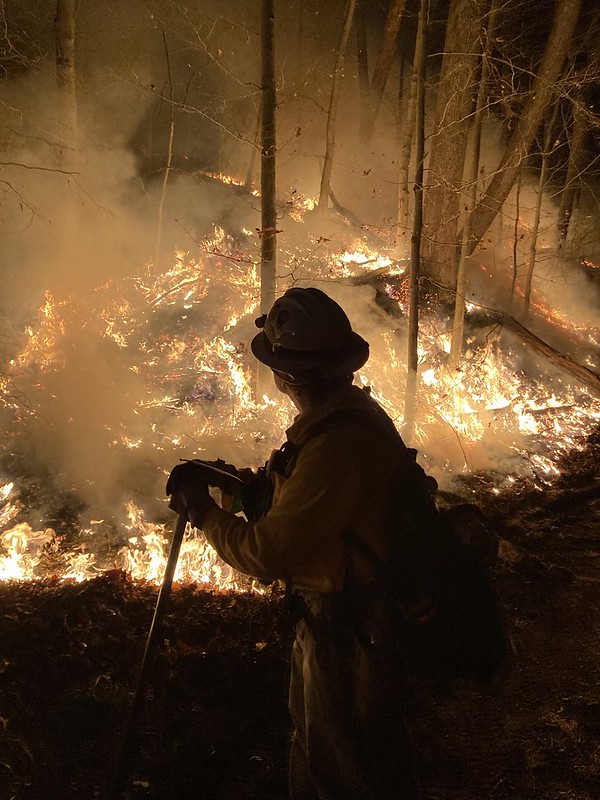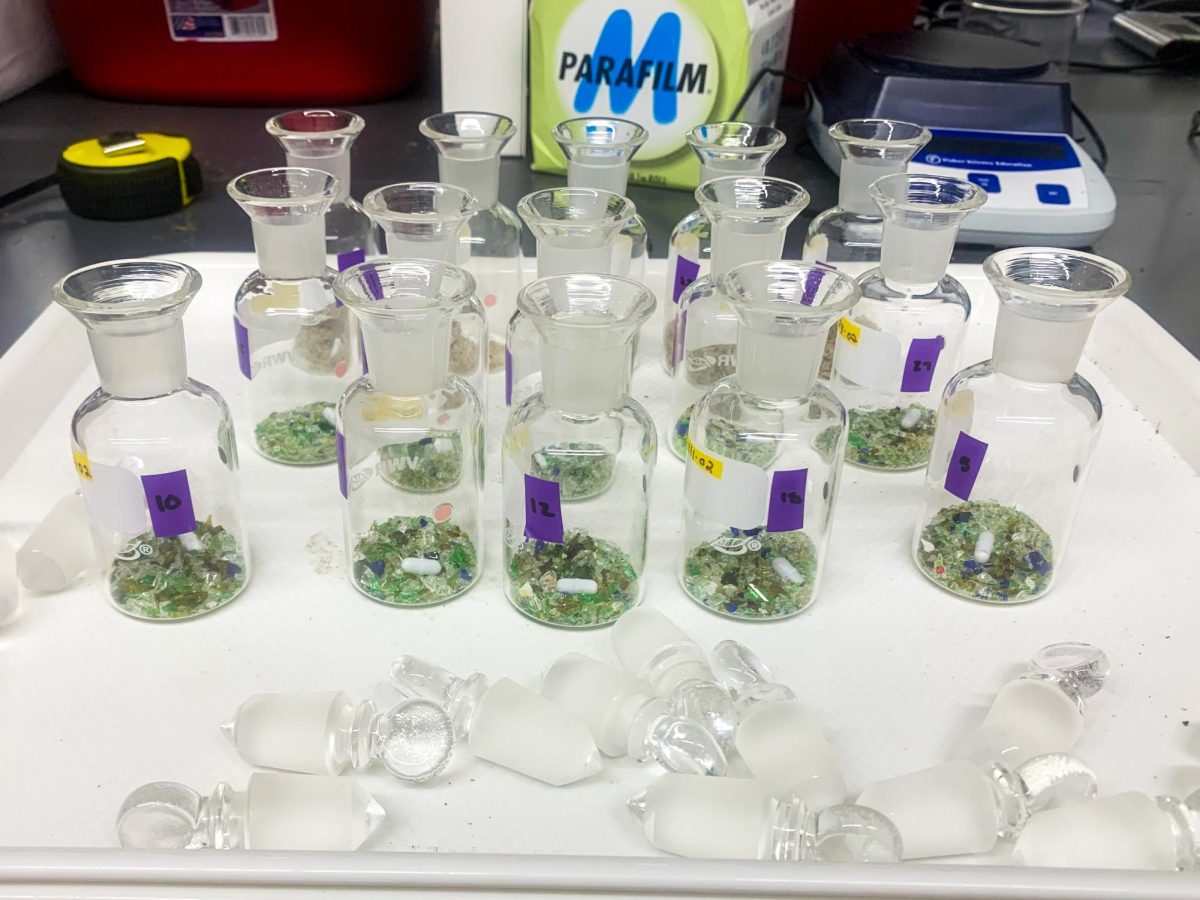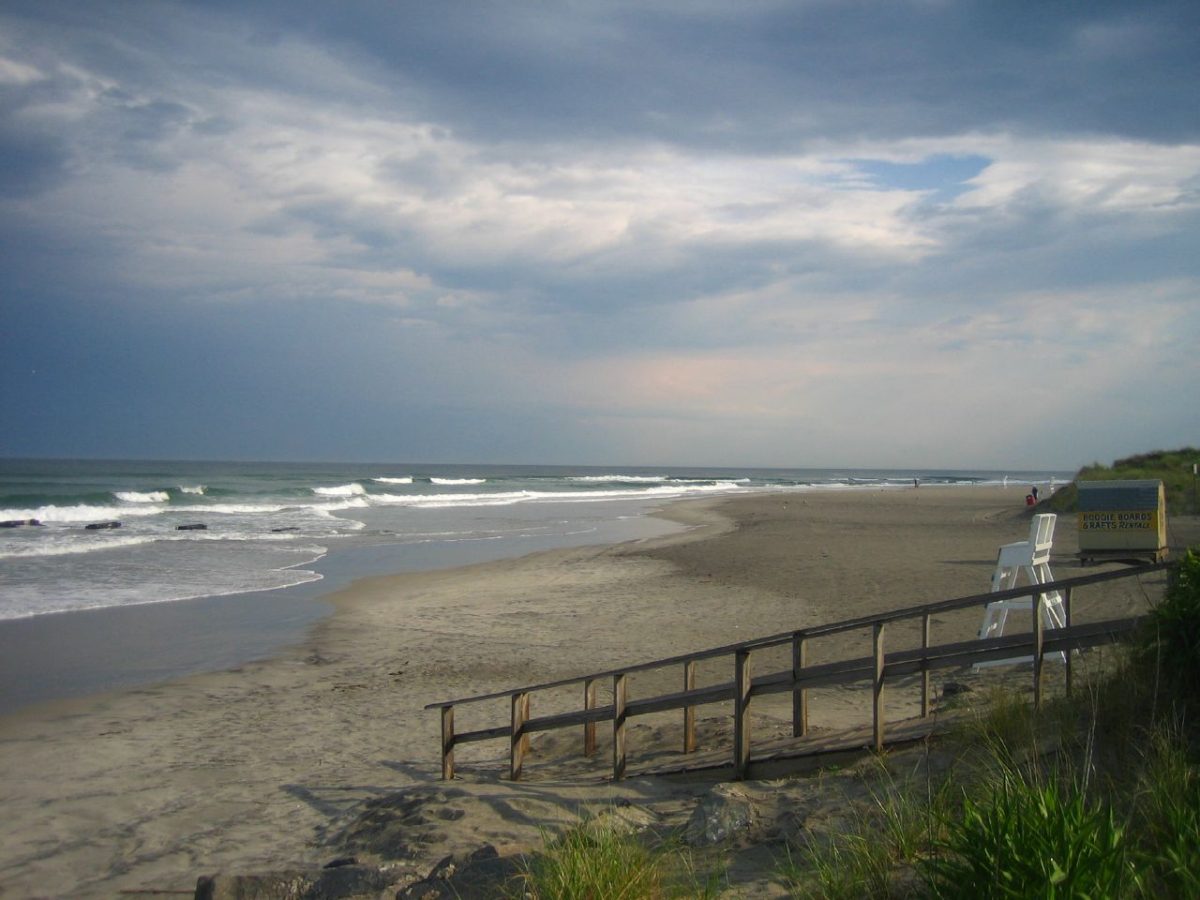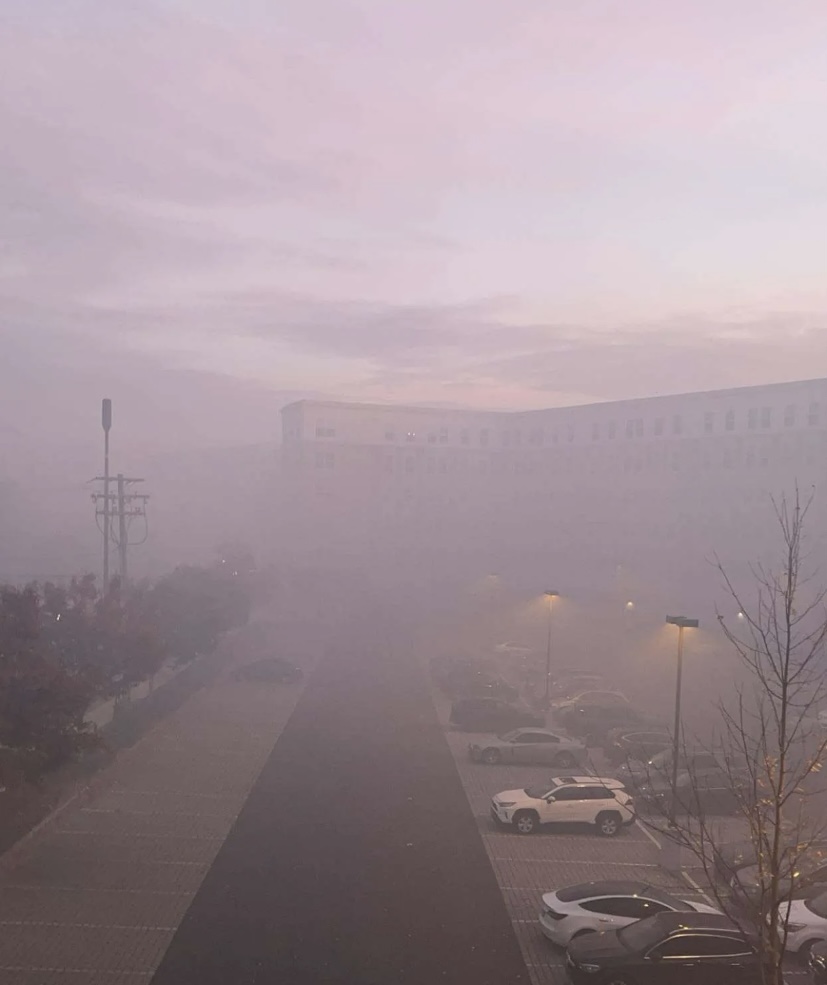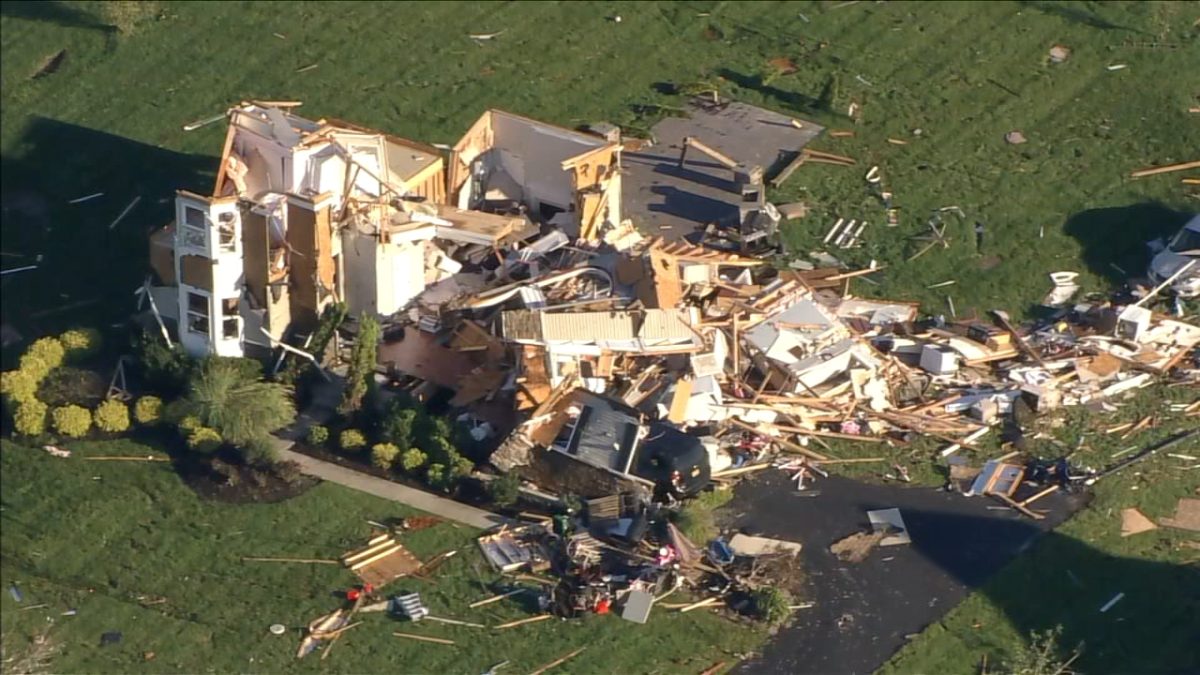New Jersey has seen its fair share of weather extremes. In just a 30-day span in February, South Jersey saw temperatures ranging from 18°F to 71°F, according to the National Weather Service. On Feb. 12 it had a high of 61°F and was sunny. The next day, Feb. 13, it had a low of 29°F and snowed.
Ten years ago, on Oct. 29, 2012, Superstorm Sandy wrecked our coastlines – destroying homes, ending businesses and causing millions in damages. The remnant damage of this storm can still be seen today – 10 years later.
These wild weather phenomena, despite causing many inconveniences in Jerseyans’ lives, have become the expected climate in this region. Residents hardly bat an eye when over a foot of snow falls on the first day of spring, as it did in March 2018. Despite this, residents of New Jersey should be aware of worsening conditions not just of the weather, but of their quality of life.
New Jersey is not alone in its struggle. Many countries around the world are experiencing the same damaging effects of climate change. Rising sea levels, food and water insecurity and increased global temperatures are just some of the many global climate-influenced consequences the Intergovernmental Panel on Climate Change (IPCC) outlines within its Sixth Assessment Report.
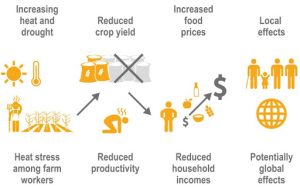
“This report is a dire warning about the consequences of inaction,” Hosung Lee, chair of the IPCC, said in a press release. “It shows that climate change is a grave and mounting threat to our wellbeing and a healthy planet. Our actions today will shape how people adapt and nature responds to increasing climate risks.”
The report contains findings and content from 270 authors in over 65 different countries and cites over 34,000 reports. Working in three distinct phases, known as “working groups,” the report seeks to address the science surrounding and discover solutions to the climate crisis.
According to the IPCC website, Working Group I focuses on assessing “the physical science of climate change,” while Working Group II focuses on assessing “the vulnerability of socio-economic and natural systems to climate change, negative and positive consequences of climate change and options for adapting to it.” Lastly, Working Group III aims to create “methods for reducing greenhouse gas emissions, and removing greenhouse gasses from the atmosphere.”
While this report does focus on the global issue of climate change, it should not go wholly ignored by members of the South Jersey region. Many members of this community are already seeing the detrimental effects of climate change discussed in this report.
Sea Level Rise
One global threat discussed in the IPCC reports involves sea level rise and flooding. Sea level rise and flooding are existential problems here in South Jersey.
In correlation with the IPCC reports’ findings, the National Oceanic and Atmospheric Administration recently released its “2022 Sea Level Rise Technical Report.” This report was co-authored by 23 scientists and experts from groups such as NASA, the Environmental Protection Agency, and the Army Corps of Engineers.
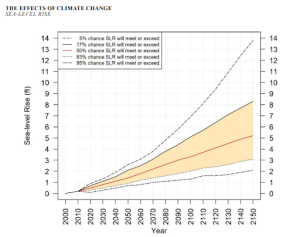
While the IPCC reports are focused on the global issue of climate change and its effects, this report specifically focuses on the United States. The Executive Summary of the report outlines four key messages.
The first is that the science supports, with an increased confidence, that the sea level around the contiguous United States coastline will rise “as much in the next 30 years as it has in the last 100 years.”
The second is that this rise in sea level will cause “tide and storm surge heights to increase and will lead to a shift in U.S. coastal flood regimes, with major and moderate high tide flood events occurring as frequently as moderate and minor high tide flood events occur today.”
The third key message is that previous rates of sea level rise may have been inaccurate. Given the evidence discovered within the parameters of this report, the expectations have been revised. The U.S. coastlines can now expect a rise in sea level, relative to that in 2000, of “0.6–2.2 [meters] in 2100 and 0.8–3.9 [meters] in 2150.”
The final message stresses the importance of monitoring emissions and other driving forces of sea level rise. It states that this is “critical for assessing scenario divergence and tracking the trajectory of observed sea level rise.”
South Jersey coastal towns are already seeing dramatic increases in sea level rise and “sunny day flooding.” This issue is even addressed within the Executive Summary of the New Jersey Department of Environmental Protection’s (NJDEP) “2020 Scientific Report on Climate Change.”
This report states that “low-lying coastal areas are already experiencing tidal flooding, even on sunny days in the absence of precipitation events” and that “in Atlantic City, tidal flooding events have already increased from happening less than once per year in the 1950s to an average of eight times per year between 2007 and 2016.”
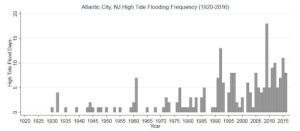
It goes on to predict that these flooding events will continue to occur at an increased rate and states that under a moderate emission scenario, Atlantic City could see “high-tide flooding…[occurring] at least 95 days a year with a 50% chance it will occur 355 days per year.”
Adding to this research, the NJDEP has released two studies by NOAA partner, the Northeast Regional Climate Center. These studies specifically address the issue of flooding and increased precipitation in the area. The takeaway from these studies is that rates of precipitation in New Jersey are increasing by between 2.5 percent and 10 percent and, given that nothing gets better or worse, that this rate is only expected to increase.
“We’re seeing the effects right now and that’s the thing the [IPCC] report tries to drive home,” said Dr. A. R. Siders, environmental researcher and assistant professor at the University of Delaware, in an interview with NBC 10. “This is hurting people and hurting ecosystems today and so we really need to take action today to deal with those consequences.”
New Jersey is seeing the consequences of climate change related sea-level rise in many different ways. An increase in precipitation and sea level rise not only affects the commutes of many New Jersey natives but it is also hurting the local ecosystem. As sea level rises, saltwater creeps further inland, causing many issues for species that depend on freshwater, such as the Atlantic White Cedar.
“By building upon our scientific understanding, we can take the wise steps that the science demands: from planning more resilient development, to enhancing our stormwater and flood control infrastructure and beyond,” said NJDEP Commissioner Shawn M. LaTourette in a Nov. 18, 2021 press release. “We all have the power to ensure that what we build today will stand the test of time and a changing climate.”
Food Security in South Jersey
Beyond wild weather and increased sea level rise, many communities in South Jersey are experiencing food shortages and becoming “food deserts.” Essentially, this means that communities are losing access to fresh, nutritious food because of things like bad harvests, grocery store closures, and limited access to transportation.
In Chapter 5 of the Executive Summary connected to the IPCC’s “Special Report On Climate Change And Land,” writers discuss the many implications climate change has on the four main areas of food security: availability, access, utilization and stability.
The types of crops available to the typical consumer is limited by the climate conditions under which certain crops can grow. Conditions such as variable temperatures, water scarcity, and decreased nutrient availability can be catastrophic come harvest season. While warmer temperatures can mean a longer growing season, it can also mean a decrease in viable plants, as some plants require that colder “recharging” period.
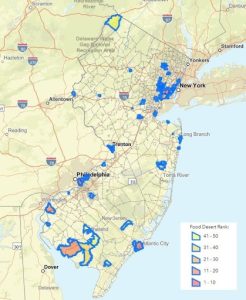
New Jersey’s nickname is “The Garden State” for a reason. According to a 2017 article published by the U.S. Department of Agriculture, over 50,000 acres within New Jersey are dedicated to vegetable growth and the state leads the way in tomato production. Since so many New Jerseyans depend on the local agricultural market for both their livelihoods and as healthy, stable food sources, it’s worrisome to see that this steady growth could soon go on the decline.
A decrease in agricultural yields comes with a decrease in profitability for farms, meaning many will seek alternative careers. Ultimately this results in less agricultural producers and less access to healthy, local produce for consumers.
“Food insecurity doesn’t look like it did in 2018 when 40,000 families were facing food insecurity,” Sonya Harris, the founder and CEO of Bullock Garden Project, said during a food and land management panel at Rowan University. “It’s way over that. Food insecurity has a new face: it’s the middle class and upper-middle-class families.”
Solutions
Despite all the doom and gloom of these findings, there is some good news. There are some possible solutions that may alleviate these effects.
One potential solution is to reduce or eliminate the use of fossil fuels. Fossil fuels are a non-renewable resource composed of the decomposing organic matter. The use of fossil fuels creates an increase in CO2 emissions. These greenhouse gasses, in turn, contribute to a worsening change in climate.
Another, more personal solution is to find ways to promote climate positive actions into daily life. The United States Environmental Protection Agency (EPA) has an interactive graph on its website. This graph allows the everyday person and companies to see small changes they could make to help reduce the threat of climate change.
“The scientific evidence is unequivocal: climate change is a threat to human wellbeing and the health of the planet,” said Hans-Otto Pörtner, lead author in the IPCC Sixth Assessment Report and climate scientist at the Alfred Wegener Institute. “Any further delay in concerted global action will miss a brief and rapidly closing window to secure a livable future.”

